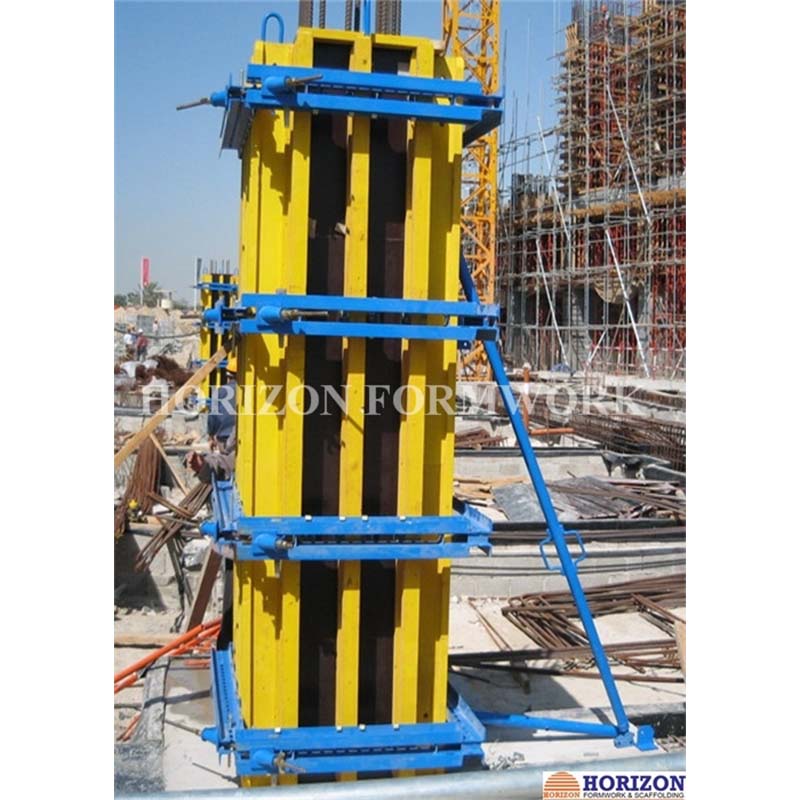డిసెం . 18, 2024 02:32 Back to list
Scaffolding Solutions for Industrial Construction Projects and Factory Operations
Scaffolding for Construction Work Factories
In the construction industry, scaffolding plays a crucial role in ensuring the safety and efficiency of construction projects, particularly in factories where large-scale operations take place. Scaffolding provides a temporary structure that supports workers and materials, allowing them to work at various heights and access difficult areas safely. This article will explore the significance of scaffolding in factory construction, its types, safety measures, and best practices.
Importance of Scaffolding in Factory Construction
Factories often have complex designs and significant vertical elements, such as towering walls, ceilings, and machinery installations. Scaffolding allows workers to reach elevated areas safely while providing a platform for materials, tools, and equipment. Without scaffolding, tasks such as painting, installing ducts, or performing machine maintenance would be considerably more hazardous and less efficient.
The efficiency of construction work is significantly enhanced through the use of scaffolding. Workers can move easily and quickly between different levels, reducing the time spent on tasks. It also enables teams to work simultaneously on different sections of a project, thus accelerating overall progress. Moreover, scaffolding allows for better organization of the workspace, with designated areas for tools and materials, leading to improved productivity.
Types of Scaffolding
There are several types of scaffolding commonly used in factory construction. The choice of scaffolding often depends on the specific requirements of the project, including building height, type of work being performed, and available space.
1. Tube and Coupler Scaffolding This traditional form of scaffolding involves steel tubes and couplers that connect the tubes at various angles. It is highly versatile and can be customized for any construction site. However, it requires skilled labor for assembly.
2. Prefabricated Modular Scaffolding This type consists of pre-made components that can be quickly assembled on-site. It offers a quicker setup than traditional scaffolding and is often used for repetitive tasks in manufacturing environments.
3. System Scaffolding These scaffolds consist of interlocking components that provide stability and ease of use. They are suitable for heavy-duty applications and can be rapidly erected and dismantled.
4. Suspended Scaffolding Used for tasks such as cleaning and maintenance, suspended scaffolding hangs from the roof or upper structures. This type is ideal for high ceilings and large open spaces typical in factory settings.
Safety Measures
Safety is paramount in any construction environment, and scaffolding introduces its own set of risks
. To mitigate these risks, several safety measures must be followedscaffolding for construction work factories

- Proper Training All workers must receive comprehensive training on safe scaffolding practices and procedures. Understanding load capacities, proper assembly, and safe use is crucial.
- Regular Inspections Scaffolding should be regularly inspected by qualified personnel to identify wear and tear. Inspections should occur before work begins and periodically throughout the project.
- Load Limits Adhering to the specified load limits is essential to prevent collapses. Workers should be aware of the weight limits and avoid overloading the scaffolding.
- Guardrails and Netting To prevent falls, scaffolding should be equipped with guardrails. Additionally, the use of safety nets can provide extra protection for workers at great heights.
- Personal Protective Equipment (PPE) Workers should be equipped with appropriate PPE, including hard hats, safety harnesses, and non-slip footwear.
Best Practices
Implementing best practices maximizes the benefits of scaffolding in factory construction. These include
- Planning and Design Prior to construction, thorough planning is essential. Determine scaffolding needs based on project requirements and work processes.
- Effective Communication Clear communication among team members regarding scaffolding use and safety protocols is vital for reducing accidents.
- Documentation Keeping accurate records of inspections, training, and incident reports helps maintain safety standards and accountability.
- Continuous Improvement Encourage feedback from workers about scaffolding use and safety measures. Utilizing this feedback fosters a culture of safety and continuous improvement.
Conclusion
Scaffolding is an indispensable component of construction work in factories, facilitating safe and efficient operations. By understanding the types, importance, safety measures, and best practices surrounding scaffolding, construction teams can enhance project outcomes while prioritizing worker safety. As the industry evolves, ongoing training and adherence to innovative scaffolding practices will continue to be essential in promoting a safer and more productive work environment.
-
OEM Wall Formwork & Shuttering: Flexible & Curved Solutions
NewsAug.24,2025
-
Adjustable Heavy Duty Props for Slab Formwork | Strong & Reliable Support
NewsAug.23,2025
-
Adjustable Heavy Duty Props for Slab Formwork - Strong & Safe Support
NewsAug.22,2025
-
Formwork Spring Clamp Factories: Quality & Bulk Supply
NewsAug.21,2025
-
Premium Ringlock Scaffolding | China Manufacturer & Supplier
NewsAug.19,2025
-
Efficient Table Formwork for Fast Slab Construction & Reusability
NewsAug.18,2025